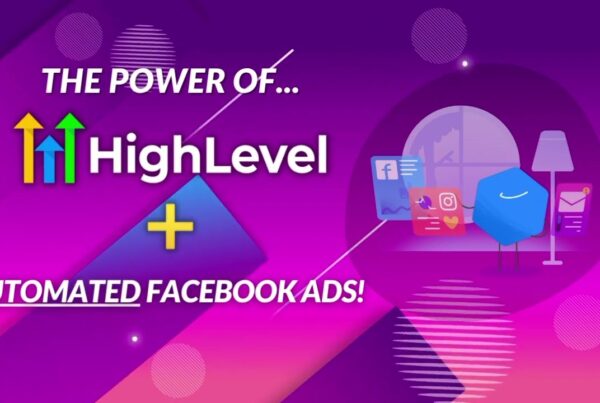Introduction
In the fast-paced world of sales, it’s easy for salespeople to get caught up in the rush and inadvertently lose potential customers. Did you know that a staggering 95% of sales are lost simply because the salesperson speaks too quickly? In this blog post, we’ll explore the concept of slow onboarding and how it can significantly impact your sales success. Slow onboarding involves taking the time to understand your customers’ needs and preferences, offering tailored solutions, and gradually introducing additional offerings. Let’s dive deeper into this strategy and uncover its potential to revolutionize your sales process.
The Power of Listening and Tailoring Solutions
One fundamental rule of selling is to ask your customers what they want and then sell them exactly that. Instead of assuming their needs or bombarding them with multiple options right from the start, take the time to listen actively and understand their requirements. This initial discovery phase is crucial for building a solid foundation. Ask thought-provoking questions to gain clarity on their expectations, objectives, and pain points. Dive deep into their desired outcomes, and make sure you have a comprehensive understanding before moving forward.
Selling What They Want
Once you have a clear picture of what your customers want, focus on selling them precisely that. Let’s imagine a scenario where you offer multiple products or services. Instead of overwhelming them with all the options, begin with one simple, effective offering that addresses their primary needs. This focused approach helps eliminate confusion and creates clarity for your customers. Remember, clarity is the key to conversion.
The Slow Onboarding Process
Slow onboarding follows a reverse engineering of the value ladder, which involves anticipating the next problem your customers might face and providing suitable solutions. By offering a step-by-step approach, you can guide your customers through a seamless journey. Start by selling them a do-it-yourself (DIY) solution, which serves as a foundational product or service that works for a wide range of customers. Emphasize the benefits and value of this initial offering, ensuring they understand its effectiveness.
Catering to Different Customer Categories
As customers engage with your DIY solution, they will naturally fall into three distinct categories. The first category includes those who successfully implement the DIY solution and achieve their desired results. These customers require minimal upselling since they are already experiencing success.
The second category comprises customers who may encounter challenges and struggle to achieve their objectives. For them, it’s important to provide additional support, training, and resources to help them overcome obstacles and reach their goals. This assistance should be provided without an upselling agenda, as your focus should be on delivering value and ensuring their satisfaction.
The third category consists of customers who express a desire for a more hands-off approach and are willing to invest in your expertise. For these customers, you can offer a comprehensive package that includes not only the initial offering but also a range of additional services to handle their needs. This upselling opportunity provides a complete marketing solution, streamlining their workflow and allowing them to focus on their core tasks.
Benefits of Slow Onboarding
The slow onboarding process offers several key advantages. Firstly, it fosters deeper customer relationships by demonstrating that you genuinely care about their success. By taking the time to understand their needs and providing tailored solutions, you build trust and loyalty.
Secondly, slow onboarding minimizes confusion and overwhelm for customers. Rather than bombarding them with a multitude of options, you guide them through a structured path that ensures clarity and facilitates decision-making.
Lastly, the slow onboarding process enables you to optimize your sales efforts by concentrating on a single offering. This focused approach helps you refine your messaging, storytelling, and value proposition, leading to increased sales and revenue.
Conclusion
In the world of sales, the power of slow onboarding should not be underestimated. By taking the time to understand your customers’ needs, offering tailored solutions, and gradually introducing additional offerings, you can significantly enhance your sales success rate and customer satisfaction. Remember, clarity is the key to conversion, so prioritize active listening, deep understanding, and clear communication throughout the sales process. Embrace the power of slow onboarding, and unlock the potential to revolutionize your sales approach.





